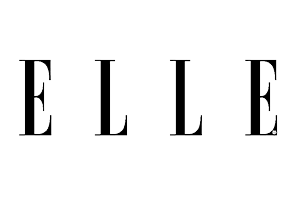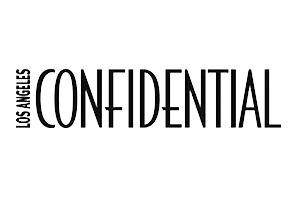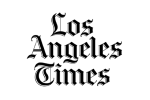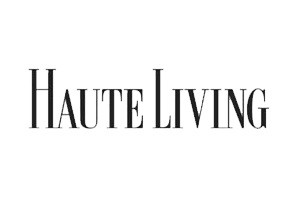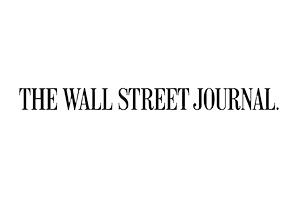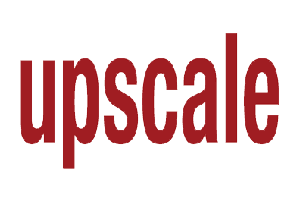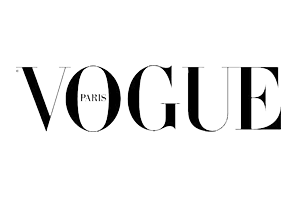What Causes a Deviated Septum?
November 1st, 2017 | Posted in: Plastic Surgery, Rhinoplasty | Tags: deviated septum, functional rhinoplasty, nose job, rhinoplasty

The septum is the wall of cartilage and bone that separates the two nostrils and nasal passages. When this wall becomes misaligned or displaced to one side, it is considered to be a deviated septum. For more information about receiving deviated septum treatment in Beverly Hills, contact Beverly Hills Plastic Surgery for a more detailed overview of what you can expect.
Potential Causes
In some cases, a deviated septum can be congenital, meaning that an individual was born with the condition—a deviated septum can occur during fetal development. It can also occur as a result of an injury to the nose. Trauma to the nose most commonly occurs during contact sports, active play or roughhousing, or automobile accidents.
Because, the normal aging process affects nasal structures, worsening a deviated septum over time, a deviated septum can worsen with age as well. Changes in the amount of swelling of nasal tissues– because of developing rhinitis or rhinosinusitis– can additionally accentuate the narrowing of a nasal passage from a deviated septum, resulting in nasal obstruction.
Symptoms
Most individuals with a deviated septum have only a minor deviation, and in such cases, symptoms are quite unlikely. The most common symptom of a deviated septum, however, is nasal congestion, with one side of the nose being more congested than the other, along with difficulty breathing. Recurrent or repeated sinus infections can also be a sign of a deviated septum. Other symptoms include frequent nosebleeds, loud snoring, dryness in one nostril, facial pain, headache, and postnasal drip.
Treatments
Sometimes symptoms of a deviated septum can be relieved solely with medications, although if medicine alone doesn’t offer adequate relief or if the septum is too severely deviated, a surgical procedure called septoplasty may often be needed to repair a crooked septum and to improve on breathing. Although a septoplasty is the most effective way of treating a deviated symptoms other treatments exist that may not resolve a deviated septum entirely, but can lessen the symptoms that accompany it.
Common treatments for symptoms include:
• decongestants
• antihistamines
• nasal steroid sprays
• nasal strips
Those opting for the surgical option can expect the surgeon to work through the inside of the nose, makes a small incision in the septum and then removes the excess bone or cartilage required to even out the breathing space of the nostrils. Silicone splints may be inserted in each nostril to support the septum before the incision wound is finally closed with sutures.
Sometimes, a rhinoplasty, or “nose job,” is combined with septoplasty to improve the appearance of the nose. This procedure is called septorhinoplasty. A septoplasty may also be combined with sinus surgery. All in all, the procedure is generally a very safe one for most patients.
Deviated Septum Treatment in Beverly Hills
To learn about more ways for deviated septum treatment in Beverly Hills or to schedule a consultation to discuss further options such as rhinoplasty revision to further help, contact Dr. Gabriel Chiu, a renowned plastic and reconstructive surgeon whose utmost goal is to help his patients achieve their personal aesthetic goals in a caring and relaxing environment.









